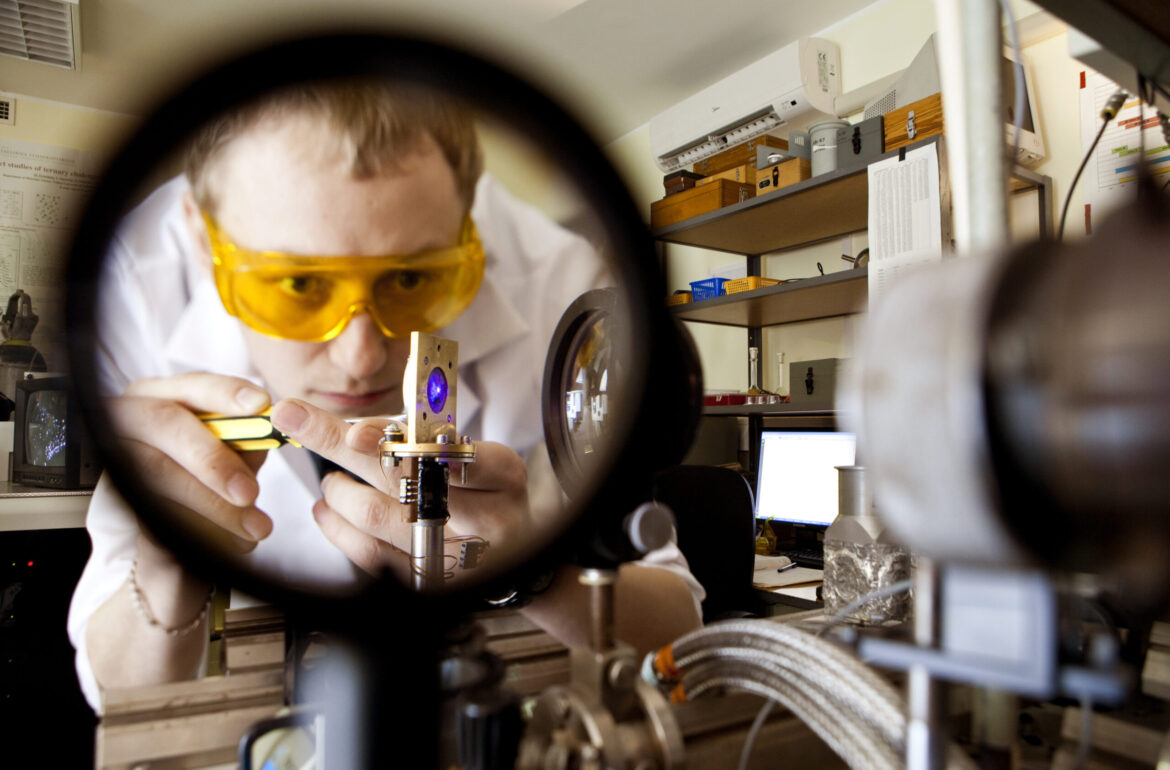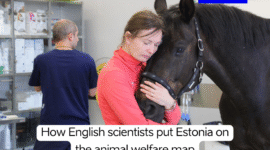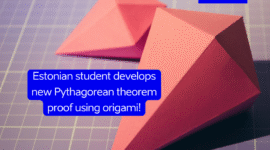Clarivate, a company monitoring the world’s research, published their list of top researchers for 2020. This time it includes ten researchers related to Estonia, eight of whom work at the University of Tartu.
According to their statute, Clarivate includes in their list of top researchers those who have shown notable influence in their field and have also published multiple papers that rank in the top one per cent by citations.
Among the researchers related to Estonia, this year’s list highlights ten researchers:
Senior research fellow in biodiversity informatics at the University of Tartu, Kessy Abarenkov, whose main research field is the advancement of the fungal biodiversity informatics and fungal biodiversity database PlutoF.
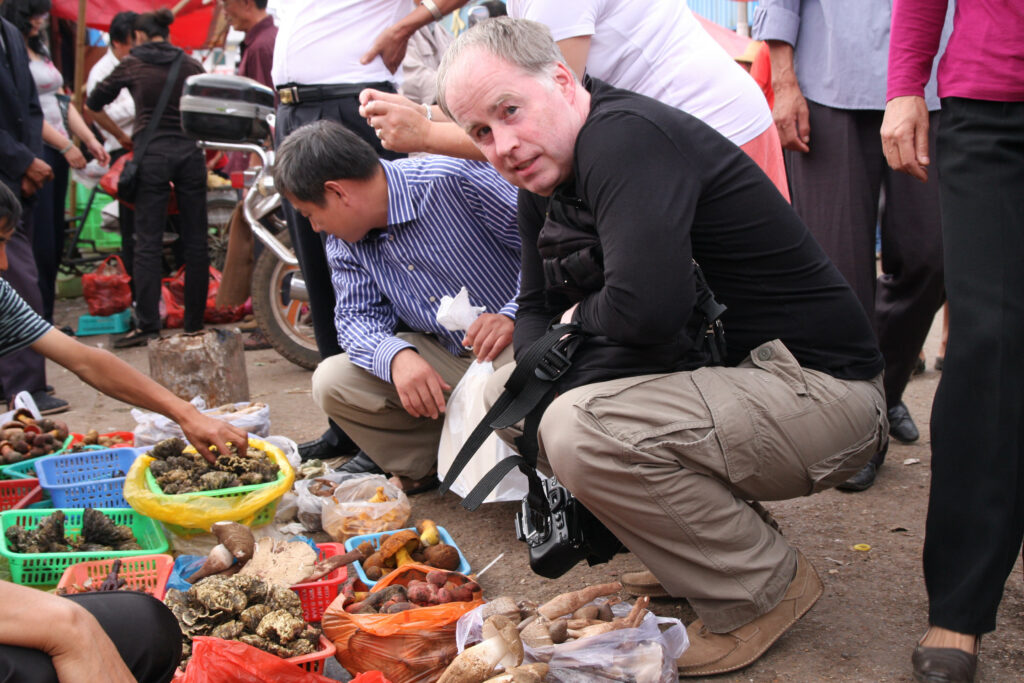
Professor in environmental physics at the University of Tartu, Heikki Junninen, whose research is based in atmospheric physics: the nanoparticles creating clouds, the effect of aerosols on atmospheric functioning, as well as issues related to climate change. In the last weeks, professor Junninen has been under the public eye in connection with testing coronavirus face-masks.
Academician Urmas Kõljalg, is one of the greats of mycology in Estonia, who in addition to active work in studying the taxonomy and biodiversity of fungi, is also the head of the University of Tartu Natural History Museum and the Botanical Garden.
A married couple comprising Martin Zobel, a professor in plant ecology at the UT researching the processes behind plant diversity, including how soil fungi affect the spread of plants, and Mari Moora, a professor in community ecology at the UT, whose research focuses mainly on studying biodiversity: plant competition, arbuscular mycorrhiza connecting fungi and plants, and biological interactions in plant populations.
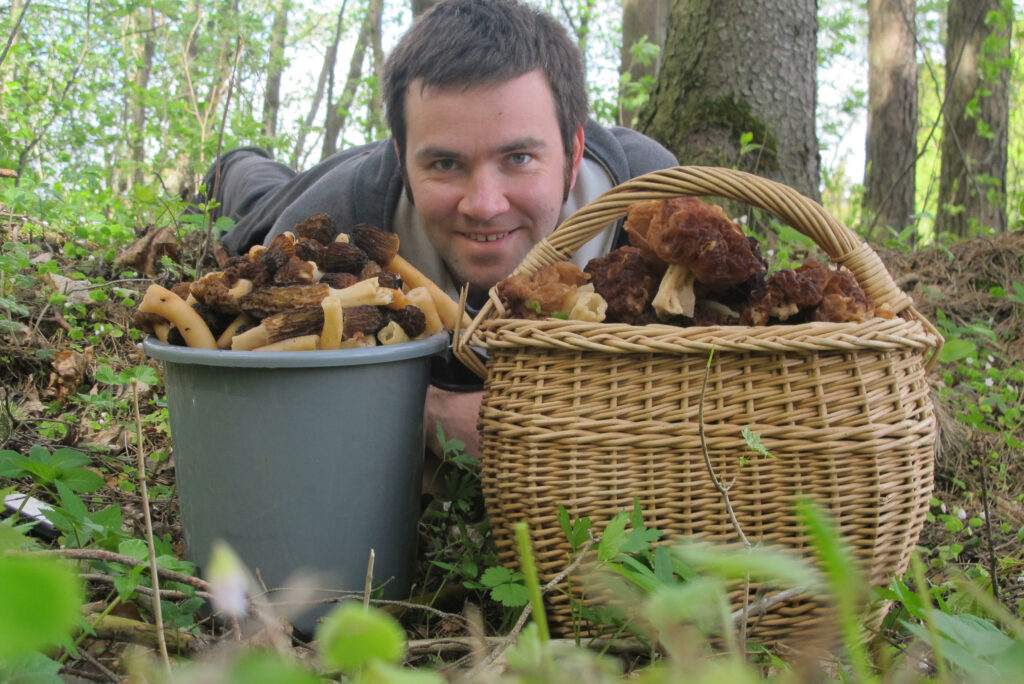
Mycology, soil studies, and the study of associations between fungi and vegetation are also the field of Leho Tedersoo, a professor in mycorrhizal studies at the University of Tartu. Additionally, his research fields include the biogeography of fungi, which is also the research field of Mohammad Bahram, an associate professor in molecular ecology at the UT, whose main place of work, however, is Uppsala University.
One of the two researchers listed by Clarivate not from the University of Tartu is Ülo Niinemets, a professor in plant physiology at the Estonian University of Life Sciences, whose workgroup is studying the stress condition of plants and the chemical signals between the biosphere and atmosphere.
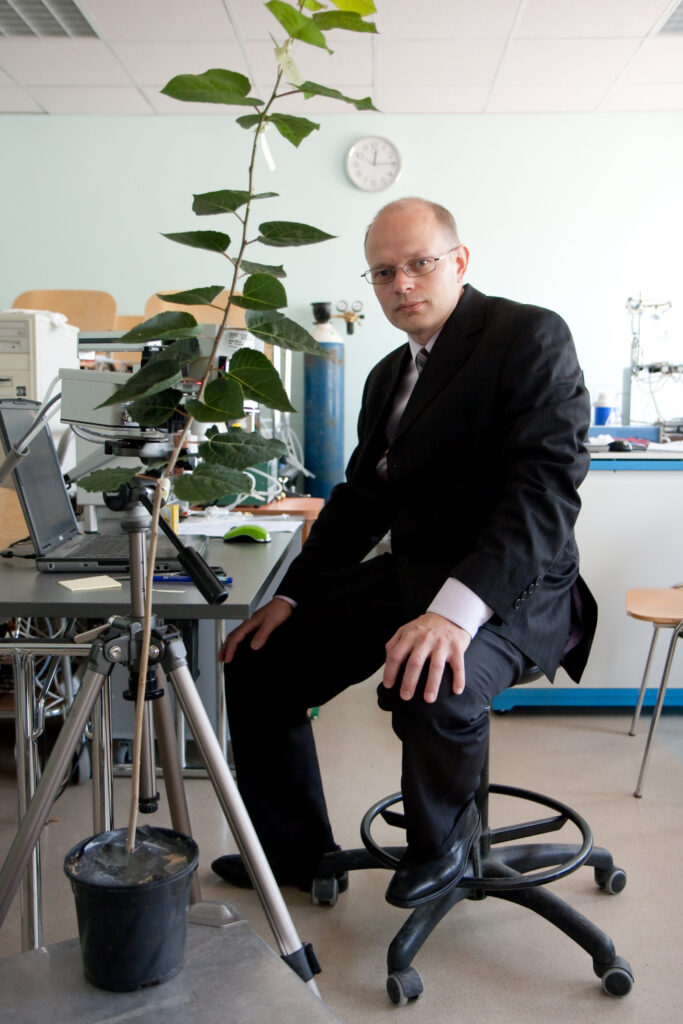
For the first time, the list also includes a senior research fellow in plant ecology, Maarja Öpik, who also researches arbuscular mycorrhiza using molecular methods. She has also contributed into restoring ecosystems and developing sustainable agriculture.
The only researcher on the list based in Tallinn is Linda Hollebeek, an adjunct professor in marketing at the Tallinn University of Technology, whose
research is, among other things, also related to consumer engagement with digital technologies, social media and customer engagement robots.
In 2019, nine Estonian researchers were included in Clarivate’s list of 600 most influential researchers.
How is the choice made?
The list of Clarivate Analytics is composed of over 6,000 researchers from 21 specialities, whose research works published between 2009–2019 rank in the top one per cent by citations for their field. There are, however, significantly more highly cited researchers within those fields. After determining these researchers, the team at CA thoroughly analysed the work of the selected researchers and made a further choice among them. The researchers whose research quality met the highest standards passed on to the next round. Finally, researchers were selected from each field, whose number equals the square root of the researchers who reached the 1% citation mark in the given field. Thus, it can be said that the researchers that make it to the final list, are among the 0.1 per cent of highest cited researchers in the world.
The translation of this article from Estonian news portal Postimees was funded by the European Regional Development Fund through Estonian Research Council.
 Back
Back